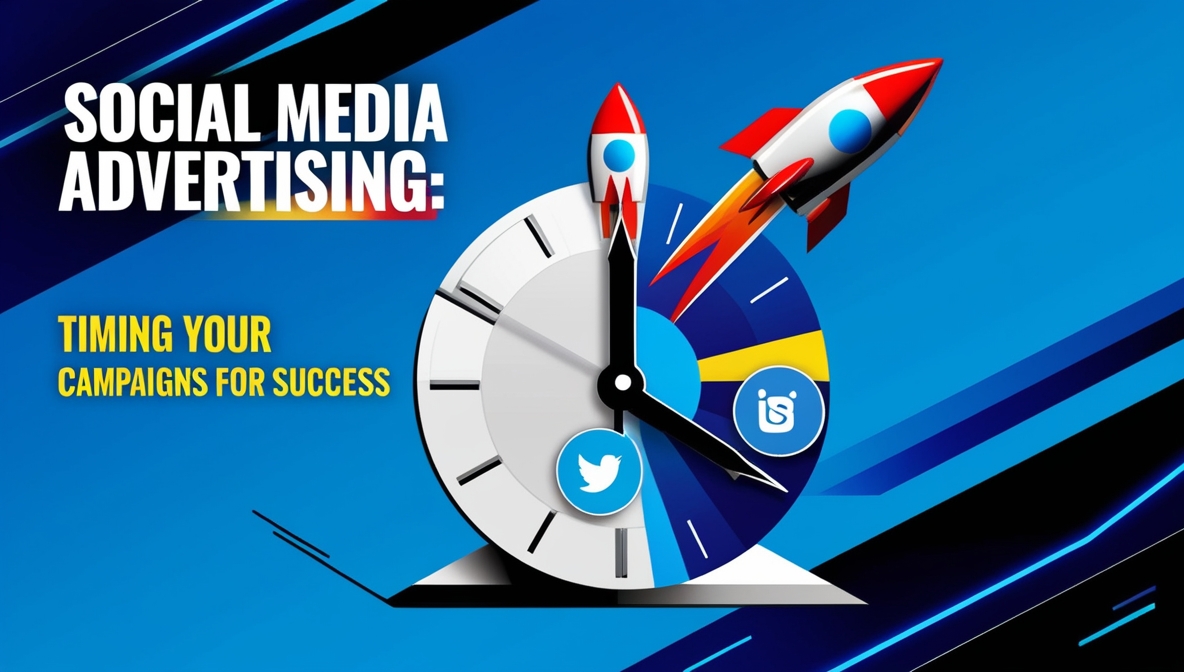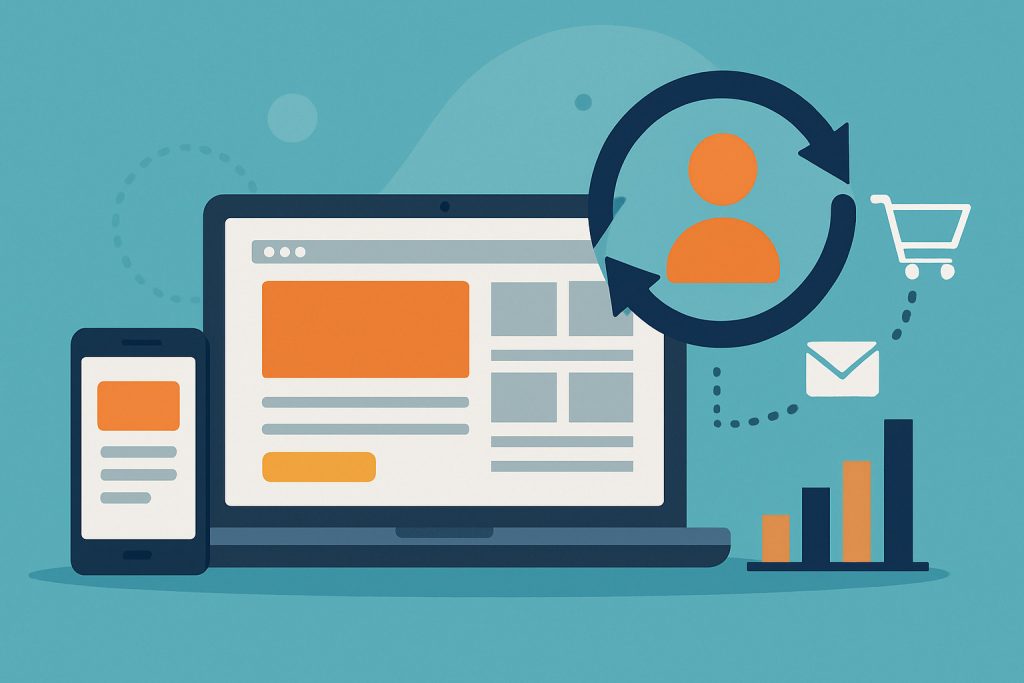Timing significantly impacts the success of a social media advertising campaign. Posting the right message at the wrong time can waste valuable resources, while hitting the ideal moment maximizes engagement and ROI. By understanding audience behavior, platform algorithms, and seasonal trends, advertisers can craft campaigns that align perfectly with user activity.
Why Timing Matters in Social Media Advertising
Social media platforms operate around-the-clock, but audiences have specific habits. They log in during work breaks, commute hours, or leisure time. Algorithms prioritize content that generates immediate engagement. Misjudging timing means competing against fresher posts, reducing visibility.
Proper timing also affects ad spend. Paying for prime advertising slots that overlap with peak audience activity ensures better use of your budget. A well-timed campaign can boost impressions, clicks, and conversions without increasing costs.
Factors That Influence the Best Timing for Social Media Ads
1. Audience Demographics
Understanding your audience’s habits is critical. Younger users might browse during late-night hours, while working professionals are more active during lunch breaks. Analyze your followers’ age, location, and occupation to identify when they’re most likely online.
2. Platform Preferences
Each social media platform has unique peak hours:
- Facebook: Active during lunch hours (12 PM–3 PM) and early evenings.
- Instagram: Engagement peaks around 11 AM and 7 PM.
- LinkedIn: Most effective on weekdays during business hours.
- Twitter: Best during commute times and news-heavy events.
Tailoring your posting schedule to match these patterns ensures visibility.
3. Type of Content
Video ads generally perform better during weekends, while text-based ads may gain traction during working hours. Seasonal promotions tied to holidays or significant events also influence timing.
4. Time Zones
When targeting a global audience, time zones become a significant consideration. Using a date calculator can help you coordinate campaigns across regions to hit peak activity hours for multiple markets.
Strategic Approaches to Timing Campaigns
1. Test and Analyze Posting Times
A/B testing allows advertisers to compare performance across different time slots. Test identical campaigns at various times and review the data. Metrics like click-through rate (CTR), engagement rate, and conversion rate provide clear insights into optimal scheduling.
2. Align Campaigns With Seasonal Trends
Seasonal trends, such as Black Friday or back-to-school, create predictable periods of high activity. Advertise when users are already searching for products or solutions related to the season.
3. Leverage Analytics Tools
Use platform-specific analytics tools to track audience activity:
- Meta Business Suite for Facebook and Instagram.
- Twitter Analytics for real-time audience behavior.
- Google Analytics to measure cross-platform impact.
4. Incorporate Event-Specific Timing
Social events like sports finals, award shows, or product launches create opportunities for targeted advertising. Scheduling ads around these events ensures relevance and engagement.
Best Practices for Timing Social Media Campaigns
1. Post Consistently
Consistency builds trust and encourages followers to engage regularly. By maintaining a predictable schedule, brands can train their audience to expect content at specific times.
2. Combine Organic and Paid Efforts
Organic posts help gauge engagement patterns. Use these insights to fine-tune paid ad schedules. Combining both approaches optimizes reach while maintaining authenticity.
3. Avoid Oversaturating
Bombarding audiences during peak hours can dilute your campaign’s effectiveness. Spread posts evenly throughout the day or focus on specific time windows.
4. Track and Adjust Regularly
Social media trends shift quickly. Continually monitor performance and adjust timing based on fresh data. Staying adaptable ensures campaigns remain impactful.
Using Automation to Perfect Timing
Automation tools streamline the process of scheduling and adjusting campaigns. Platforms like Buffer and Hootsuite analyze engagement trends to recommend optimal times. These tools allow advertisers to stay consistent without manual intervention.
Real-World Example: Timing a Product Launch
Imagine launching a fitness product aimed at working professionals. The campaign might involve:
- Morning Ads: Motivational content for early risers.
- Midday Posts: Quick workouts or recipes for lunch breaks.
- Evening Ads: Targeting those relaxing after work.
By aligning these ads with daily routines, engagement naturally increases.
Key Metrics to Evaluate Timing Success
To ensure timing strategies are effective, monitor:
- Impressions and Reach: Indicate visibility.
- Engagement Rate: Measures how users interact with your content.
- Conversion Rate: Tracks how many viewers take desired actions.
- Cost Per Click (CPC): Reflects ad spend efficiency.
Final Word
Timing determines the impact of social media advertising campaigns. By analyzing audience behavior, using automation tools, and refining strategies based on data, businesses can achieve consistent success. With precise scheduling, the right message meets the right audience at the perfect moment.






